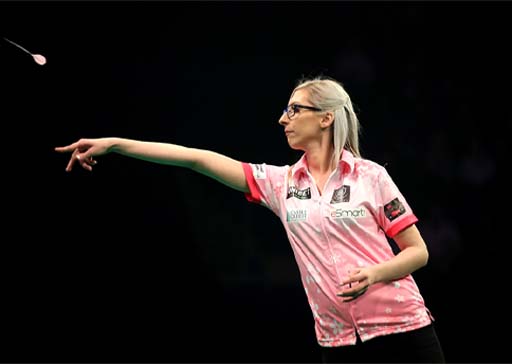1 Original gamechangers: still breaking barriers
In August 2022 the England Lionesses won Euro 2022 to secure the first major senior trophy for an England team since 1966. Their victory was witnessed by an 87,192-strong crowd at Wembley, which is a record for a European Championships, men’s or women’s. This historic event comes on the back of several other ground-breaking achievements by female athletes. In April 2021 Rachel Blackmore created history by becoming the first female jockey to win the Grand National [Tip: hold Ctrl and click a link to open it in a new tab. (Hide tip)] on what was the 173rd running of the event, while in September 2021 Fallon Sherrock became the first woman to reach the final of a Professional Darts Corporation final.
You would be right to think it is about time we started to see women and men competing on an equal footing. However, it has taken until the second decade of the twenty-first century for female England players to be awarded professional contracts in football, rugby union and cricket which has allowed them to play full time and focus on their sport. Although, the campaign to achieve equality in other areas, such as pay and prize money, continues.
Female athletes
When the term ‘athlete’ is used, this means anyone who is active in a sport or fitness pursuit. This encompasses all levels of activity from the person involved in walking for health reasons, someone attending a gym to improve their fitness, up to an elite athlete challenging for gold medals. Some people may not classify themselves as an athlete, or identify as an athlete, but we would still use this term for them if they were active.
The first activity looks at some of the highlights of women’s sport over the last century.
Activity 1 A brief history of achievement by women in sport
Watch the video at the link below which highlights some of the milestones of sporting achievement by female athletes since the start of the twentieth century. Then answer the following questions:
- What content in the video made the greatest impact on you and why?
- What reason was given to women to prevent them from playing sport?
You can find the video (with the caption ‘#changethegame - History of women’s sport’) part way down this following article on the BBC website: A game-changing decade for women’s sport.
Text boxes are provided in all activities. You can use these to note down your answers to the questions. Once you click Save, your answers will be stored, and you can return to them at any point to view or amend your response. Your responses will only be visible to you. However, if you would prefer to make notes using pen and paper or a different format you can.
Discussion
- There are many things that may have made an impact but the fact that man could walk on the moon in 1969 but it was considered too dangerous for females to play football until 1971 now seems unbelievable. Football for females was banned by the Football Association between 1921 and 1971.
- Female physiology was often held up as a reason why women should not play sport. In the video the presenter says women were seen as being ‘too frail, too delicate, too weak to break records’.

